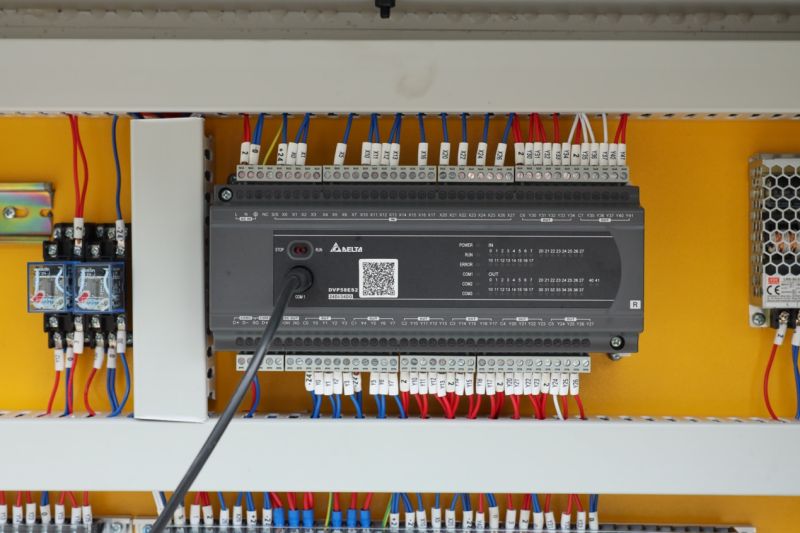(1) Woodworking machinery usually requires high-precision motion control, such as cutting, milling, drilling, etc. Therefore, PLC needs to have high-speed response and precise position control capabilities to ensure the movement accuracy and stability of woodworking machinery.
(2) Woodworking machinery often involves coordinated control of multiple motion axes, such as motion control of three or more XYZ axes. PLC needs to support multi-axis control functions and provide corresponding axis control modules or interfaces to achieve synchronization and coordinated motion between multiple axes.
(3) Woodworking machinery usually needs to connect and interact with various sensors, actuators and external devices, such as photoelectric switches, limit switches, servo drives, touch screens, etc. Therefore, PLC needs to provide rich input/output interfaces to meet different connection needs.
(4) Woodworking machinery usually needs to run continuously for a long time, so PLC needs to have good stability and reliability and be able to operate normally in harsh working environments. In addition, PLC also needs to have functions such as fault diagnosis and automatic backup to improve the reliability and safety of the system.
(5) The control logic of woodworking machinery is usually complex, so PLC needs to provide a flexible and easy-to-program development environment so that engineers can easily write, debug and modify programs. At the same time, PLC should also support online debugging and remote monitoring to detect and solve problems in time.
(6)Woodworking machinery involves rotating tools and high-speed moving parts, so safety is very important. PLC needs to provide corresponding safety input/output interfaces to control and monitor safety equipment such as safety doors, emergency stop buttons, and light curtains to ensure the safety of operators.

Post time: Oct-26-2023


